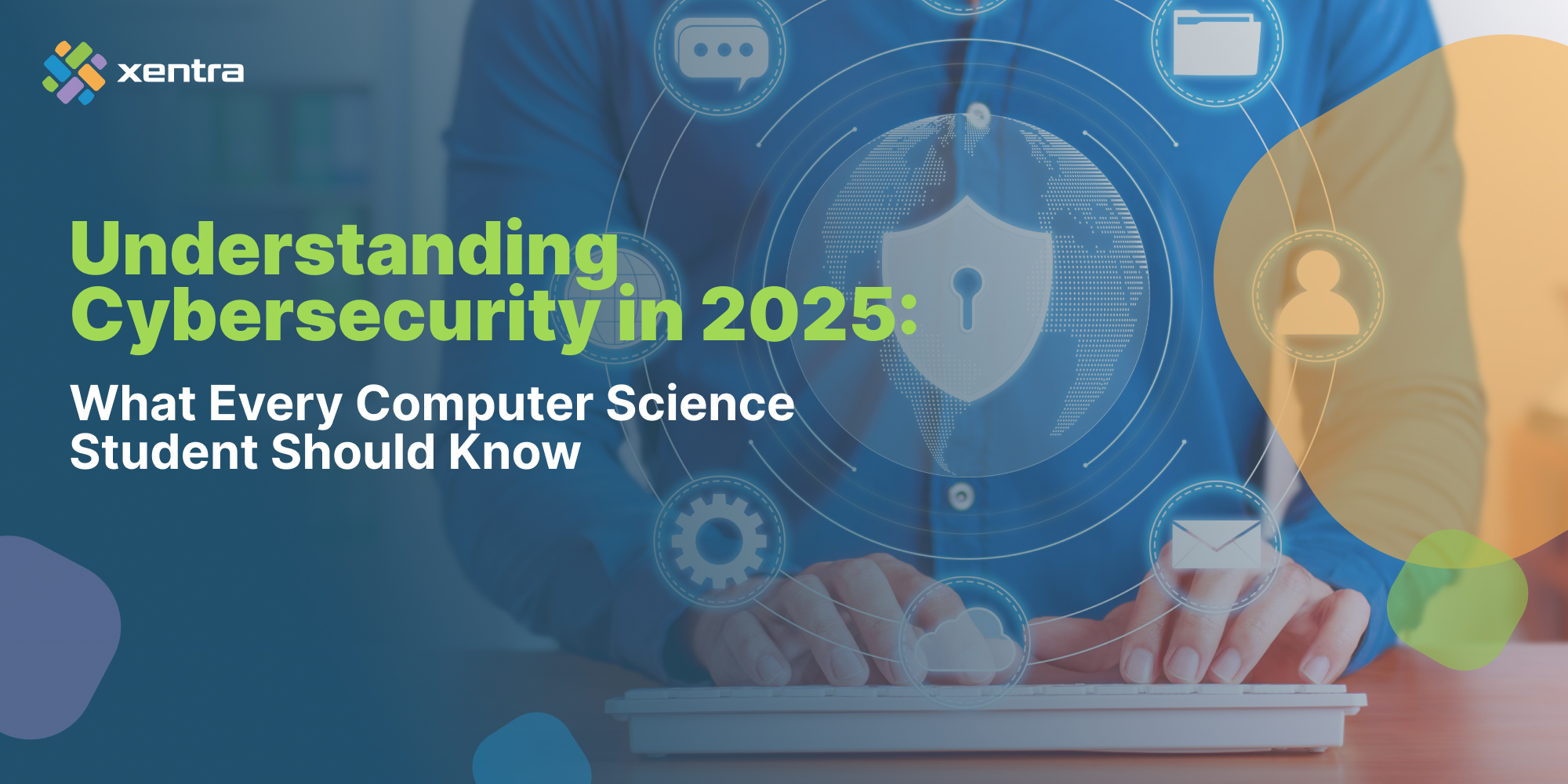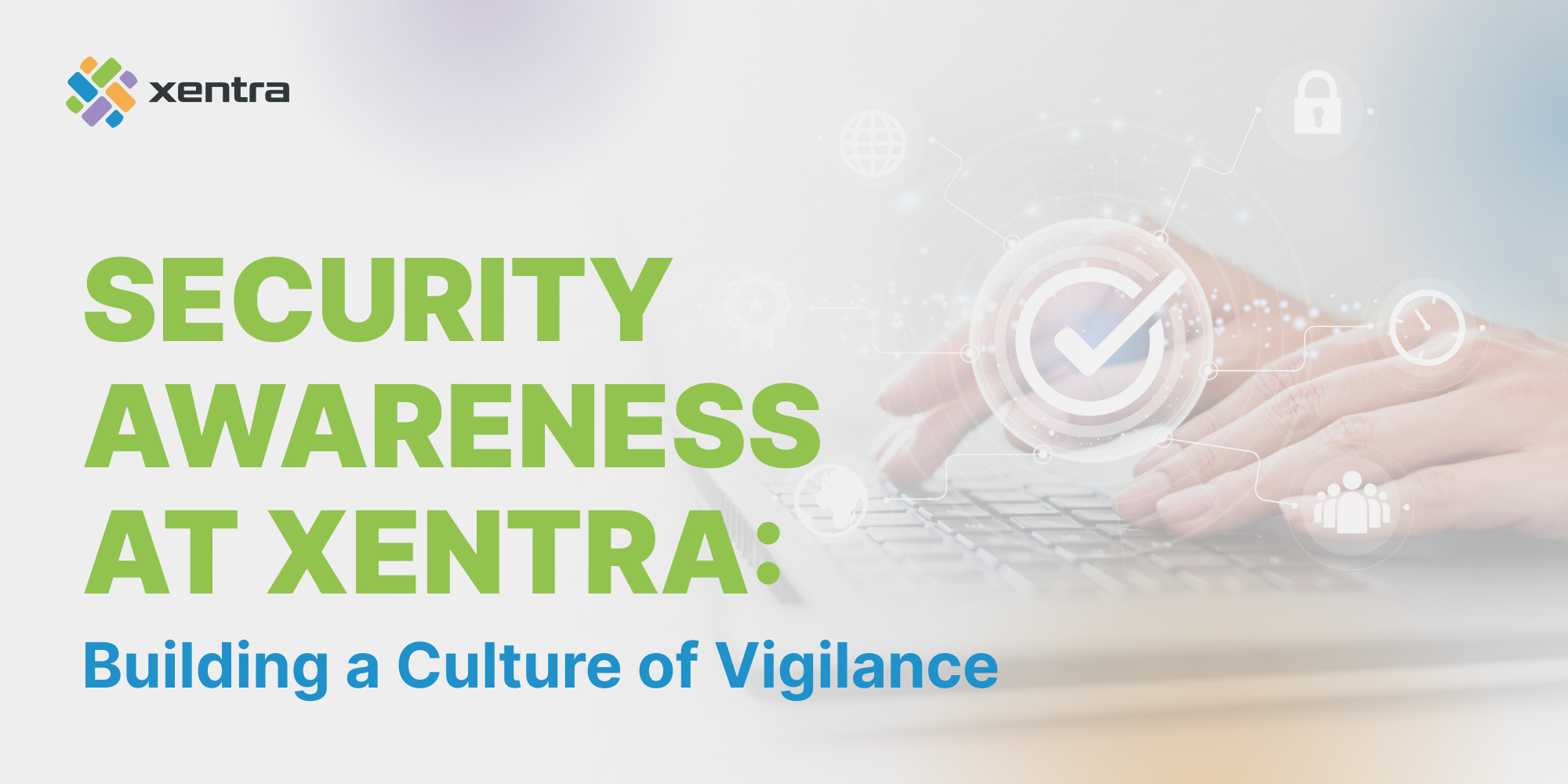Making Credentialing Seamless and Secure
Cybersecurity remains a top priority in 2025. This guide helps CS students understand emerging threats, technologies, and how to design secure systems for academic and real-world projects.
Cybersecurity is one of the most critical areas in the tech industry—and for good reason. With data breaches, phishing scams, and ransomware attacks continuing to rise, every company, institution, and government agency needs professionals who understand how to secure systems. For Computer Science students in their final years, diving deep into cybersecurity can give your research and projects real-world relevance.
Modern Threat Landscape
In 2025, cyber threats are more sophisticated than ever. Attacks target cloud platforms, IoT devices, and even AI systems. Hackers exploit vulnerabilities in outdated software, weak encryption, and human error.
As a student, it’s crucial to understand how these attacks work. In your research, consider examining real-world case studies—like the SolarWinds breach or attacks on healthcare systems—to learn how and why systems fail.
Cryptography and Data Protection
Encryption is at the core of cybersecurity. In modern applications, cryptographic algorithms like RSA, ECC, and AES ensure data integrity and confidentiality. In your final year, developing projects around secure messaging apps or encrypted databases can show practical application of these theories.
Understanding the math behind cryptographic systems also makes your academic foundation stronger. It demonstrates not just programming ability but also knowledge of secure systems architecture.
Security in Software Development
Building secure software is more than just writing code—it’s about thinking ahead. Secure-by-design is the new standard, meaning security is built into software from the start rather than patched on later.
Your capstone project could explore topics like secure API design or building web applications that prevent SQL injection and cross-site scripting (XSS). Documenting your security considerations in your project will strengthen your academic output.
Ethical Hacking and Penetration Testing
Ethical hacking—also known as white-hat hacking—is used by companies to identify vulnerabilities before real attackers do. Penetration testing tools like Metasploit, Burp Suite, and Wireshark are widely used in the industry.
If you’re looking to explore hands-on cybersecurity for your thesis, consider creating a simulated environment to test network vulnerabilities. It’s an exciting and practical area that bridges theory and real-world application.
Regulations and Cybersecurity Law
In 2025, compliance with data privacy regulations like the GDPR, HIPAA, and local cybersecurity laws is mandatory. Understanding these legal frameworks gives you an advantage, especially if your research touches on user data or system logging.
You can include legal implications in your project documentation or write about them in your thesis. It will show awareness of real-world constraints and build your credibility.
Cybersecurity is an evolving field that demands both technical skill and strategic thinking. As a Computer Science student in your final years, aligning your studies with real-world cybersecurity challenges prepares you for high-impact roles. Whether you’re building a secure app or exploring ethical hacking, make cybersecurity part of your academic journey.




